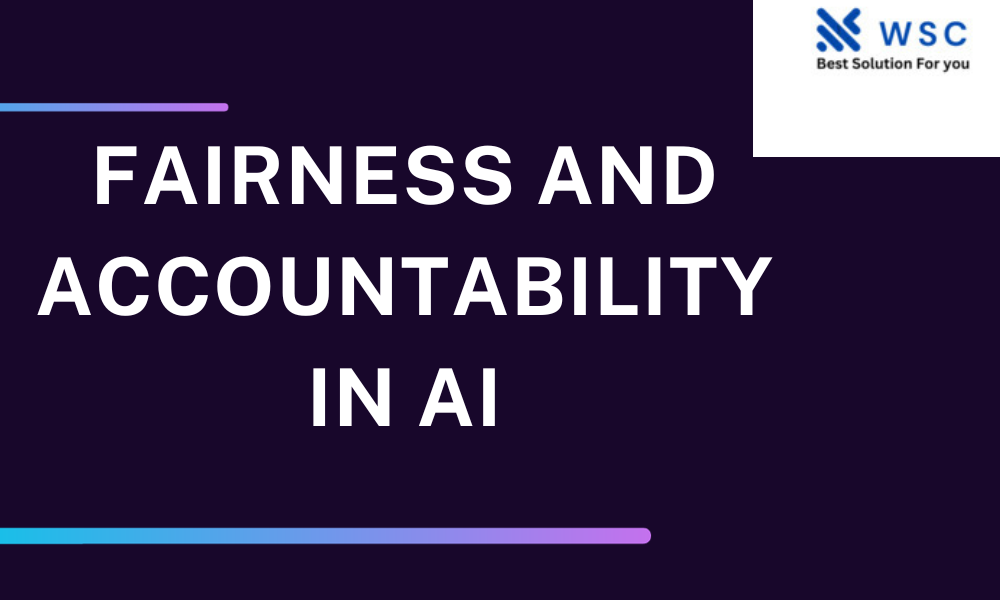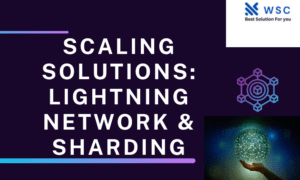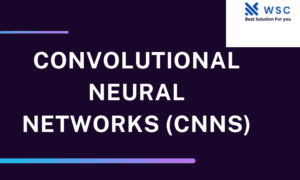In an era dominated by technological advancements, artificial intelligence (AI) has emerged as a transformative force, permeating almost every facet of our lives. From personalized recommendations on streaming platforms to autonomous vehicles on the road, AI has revolutionized the way we interact with and perceive the world. However, this rapid integration of AI technology raises crucial questions about fairness and accountability in its application. In this article, we delve deep into the intricacies of these vital concerns and explore how we, as a responsible society, can ensure that AI operates with integrity, equity, and transparency.
Understanding the AI Ecosystem
Before we embark on our journey to explore the concepts of fairness and accountability in AI, it’s imperative to grasp the vast and complex ecosystem in which AI operates. AI, often described as the simulation of human intelligence by computer systems, encompasses machine learning, natural language processing, and neural networks. These sophisticated algorithms analyze vast datasets to make predictions, decisions, and recommendations.
The Significance of Fair AI
Fairness in AI is not a mere buzzword; it’s a moral and ethical imperative. When we talk about fairness, we refer to the equitable treatment of individuals across all demographics, irrespective of their race, gender, age, or any other distinguishing factor. Ensuring fairness in AI algorithms is vital because biased AI can perpetuate and exacerbate societal inequalities.
Challenges in Achieving Fairness
The journey toward achieving fairness in AI is fraught with challenges. One of the primary challenges is biased data. AI models learn from historical data, and if this data contains biases, the AI will replicate and even amplify those biases in its predictions. For example, biased data could lead to discriminatory outcomes in hiring or lending decisions.
Another challenge lies in defining what “fairness” means in various contexts. Fairness is not a one-size-fits-all concept. Different situations may require different definitions of fairness. Striking the right balance between competing definitions is a complex task that requires careful consideration.
Accountability in the AI Age
Accountability in AI refers to the clear attribution of responsibility for the actions and decisions made by AI systems. It’s essential to establish accountability frameworks to address the potential harms caused by AI. Accountability ensures that there are mechanisms in place to rectify errors, prevent harm, and provide recourse to those affected.
Transparency as a Key Element
Transparency is a cornerstone of both fairness and accountability in AI. It involves making AI systems more understandable and interpretable. When AI systems are transparent, individuals can better comprehend the logic behind AI decisions, making it easier to detect and rectify biases or errors.
Regulatory Measures
To ensure fairness and accountability in AI, governments and organizations around the world have started implementing regulatory measures. These measures encompass data protection laws, algorithmic auditing, and guidelines for ethical AI development. The goal is to create a legal framework that holds developers and organizations accountable for the AI systems they deploy.
Ethical Considerations
Beyond regulations, ethical considerations play a crucial role in fostering fairness and accountability in AI. Developers and organizations must adhere to ethical principles that prioritize the well-being of individuals and society at large. Ethical AI development involves constant vigilance and a commitment to rectify biases and errors promptly.
The Role of Education and Awareness
Empowering individuals with knowledge about AI and its implications is another vital step toward ensuring fairness and accountability. Education and awareness campaigns can help people understand how AI systems work and the potential biases they may carry. Informed individuals are better equipped to demand transparency and accountability from AI developers.
# Import necessary libraries
import pandas as pd
from sklearn.model_selection import train_test_split
from sklearn.ensemble import RandomForestClassifier
from sklearn.metrics import accuracy_score, confusion_matrix
# Load a dataset with potential bias
data = pd.read_csv('your_dataset.csv')
# Split the data into training and testing sets
X = data.drop(columns=['target_column'])
y = data['target_column']
X_train, X_test, y_train, y_test = train_test_split(X, y, test_size=0.2, random_state=42)
# Train a machine learning model (Random Forest, for example)
model = RandomForestClassifier(n_estimators=100, random_state=42)
model.fit(X_train, y_train)
# Make predictions on the test data
y_pred = model.predict(X_test)
# Evaluate model fairness and accountability
accuracy = accuracy_score(y_test, y_pred)
conf_matrix = confusion_matrix(y_test, y_pred)
# Print results
print(f"Accuracy: {accuracy}")
print("Confusion Matrix:")
print(conf_matrix)
In this code snippet, we’re addressing the topic of fairness and accountability by working with a machine learning model. We load a dataset, split it into training and testing sets, and train a Random Forest classifier. After making predictions, we evaluate the model’s performance using accuracy and a confusion matrix.
Please note that this is a simplified example, and in practice, addressing fairness and accountability in AI often involves more complex techniques and considerations, such as bias detection and mitigation, fairness-aware algorithms, and thorough ethical evaluations.
Conclusion
In the age of AI, fairness and accountability are non-negotiable principles. As AI continues to shape our world, we must remain vigilant in our efforts to ensure that it operates with integrity and equity. By addressing challenges, implementing regulatory measures, and adhering to ethical guidelines, we can create an AI-powered future that benefits everyone.
Check our tools website Word count
Check our tools website check More tutorial




